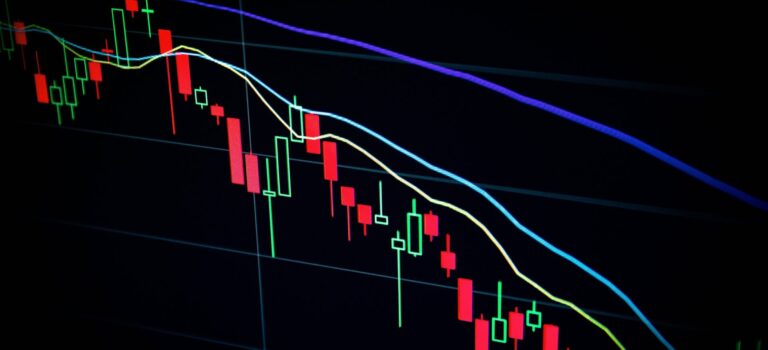The May Issue of the ETF Investor Guide is AVAILABLE NOW! Links to the May Data Files have been posted below. Market Perspective: Stocks May be Ready to Bounce Equities were hit […]


The May Issue of the ETF Investor Guide is AVAILABLE NOW! Links to the May Data Files have been posted below. Market Perspective: Stocks May be Ready to Bounce Equities were hit […]
Click Here to view today’s Global Momentum Guide WEEKLY SECTOR MOVERS The MSCI EAFE gained 1.38 percent last week. The Russell 2000 Index fell 1.08 percent, the Dow Jones […]

The Investor Guide to Vanguard Funds for May is AVAILABLE NOW! Links to the May data files are posted below. Market Perspective Value Stocks Providing Protection During Volatile Times Equities have […]
Click Here to view today’s Global Momentum Guide WEEKLY SECTOR MOVERS The MSCI EAFE declined 1.54 percent last week, the Dow Jones Industrial Average 2.14 percent, the S&P 500 […]
Click Here to view today’s Global Momentum Guide WEEKLY SECTOR MOVERS The S&P 500 Index declined 0.21 percent last week, the Dow Jones Industrial Average 0.24 percent, the Russell […]